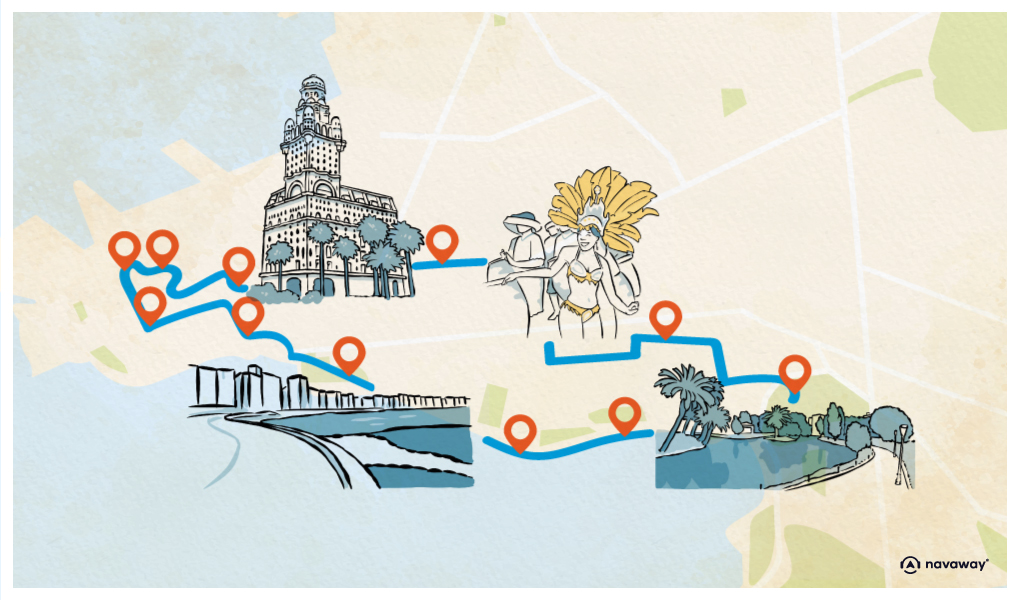
Banco de la República
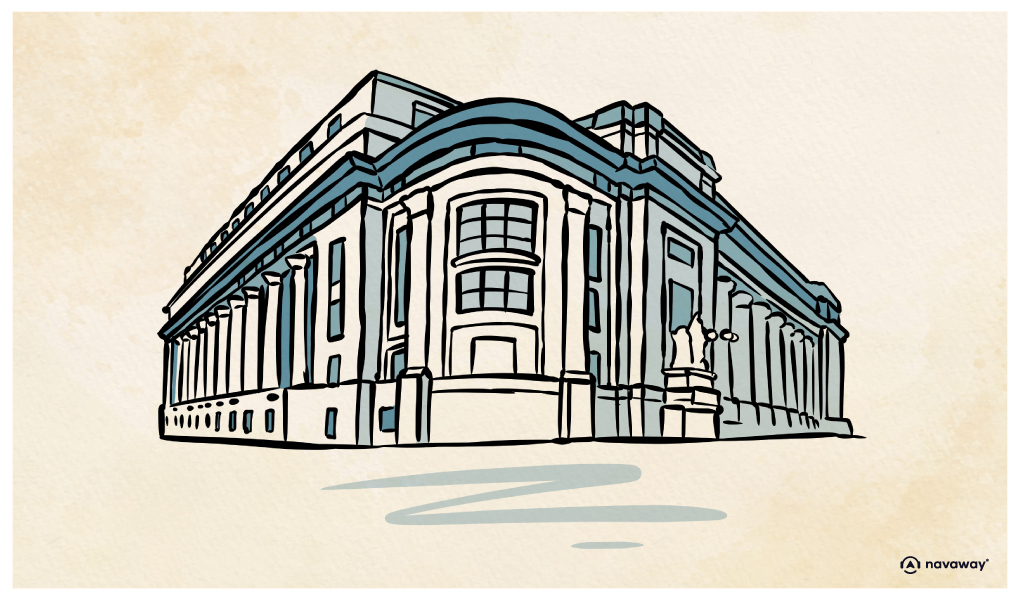
This point of interest is available as audio on the tour: Visit Montevideo, The Sixth Mountain From East to West
Zabala Street is lined with austere, imposing buildings, and none is more striking than the massive structure before you. This is one of Montevideo’s most important historical landmarks, and one of the Old Town’s most emblematic buildings: the headquarters of the Bank of the Republic. What is now Uruguay’s main state bank was founded in 1896, in the aftermath of the Panic of 1890, an economic crisis that hit Argentina hard and sent shockwaves across the region. Uruguay created its own national bank in response, and installed it in an existing building. Just three years later, in 1899, the Bank of the Republic was thriving and needed more space, so it rented a neighbouring property from the city. But even that wasn’t enough. By 1919, the bank’s director proposed something far more ambitious: the construction of a monumental building that would fill an entire city block. After careful consideration, the project was approved and entrusted to Italian architect Juan Veltroni. Not long after work began, the bank’s board decided to go even bigger and purchased two additional buildings, the Stock Exchange Palace and the Oriental Hotel. Walk around and you’ll see the stunning colonnade that runs along the back, an impressive architectural feat. The new headquarters were inaugurated in 1938, and the sculptures on the facade were added later. They’re the work of Uruguayan artist Zorrilla de San Martín and depict one of the great epics of General Artigas, the father of the Uruguayan nation. On one side, you have the “Instructions of the Year XIII,” and on the other, the “Exodus of the Oriental People”, both key moments in the country’s path to independence. On the left, the Instructions of the Year XIII, or 1813, refer to the assembly of the United Provinces of the Río de la Plata, which met after Argentina’s May Revolution. That year, the provinces declared independence, drafted a constitution, and established a new government. At the time, Uruguay wasn’t a country yet, it was part of this broader territory, which included present-day Argentina, Uruguay, and the Tarija region of Bolivia. Now look to the right, and you’ll see the Exodus of the Orientals, another turning point that reveals Uruguayans’ determined fight for freedom. In 1811, part of the population rose up against Spanish rule. To crush the rebellion, Spain allied with Portugal and brought in Portuguese troops. This alliance ordered the revolutionaries to leave, and instead of surrendering, they left, joined by a massive wave of people in a dramatic rural exodus. Rather than submit to colonial power, they followed Artigas to the Ayuí River. Uruguay’s national motto is “Liberty or death”, and this moment gave it real meaning. Just so you know, they didn’t stay peacefully by the river. They returned in 1814, laid siege to Montevideo, and even succeeded in taking the city. But these revolutionary farmers were no match for the professional armies of the European empires. Artigas eventually went into exile in Paraguay, and Uruguay was annexed by Brazil. But don’t worry, I’ll tell you how they got their freedom back later.


Discover Montevideo with app
An interactive guide through the most beautiful streets, squares, and districts
19 fun audioguides full of historical facts, anecdotes, and legends
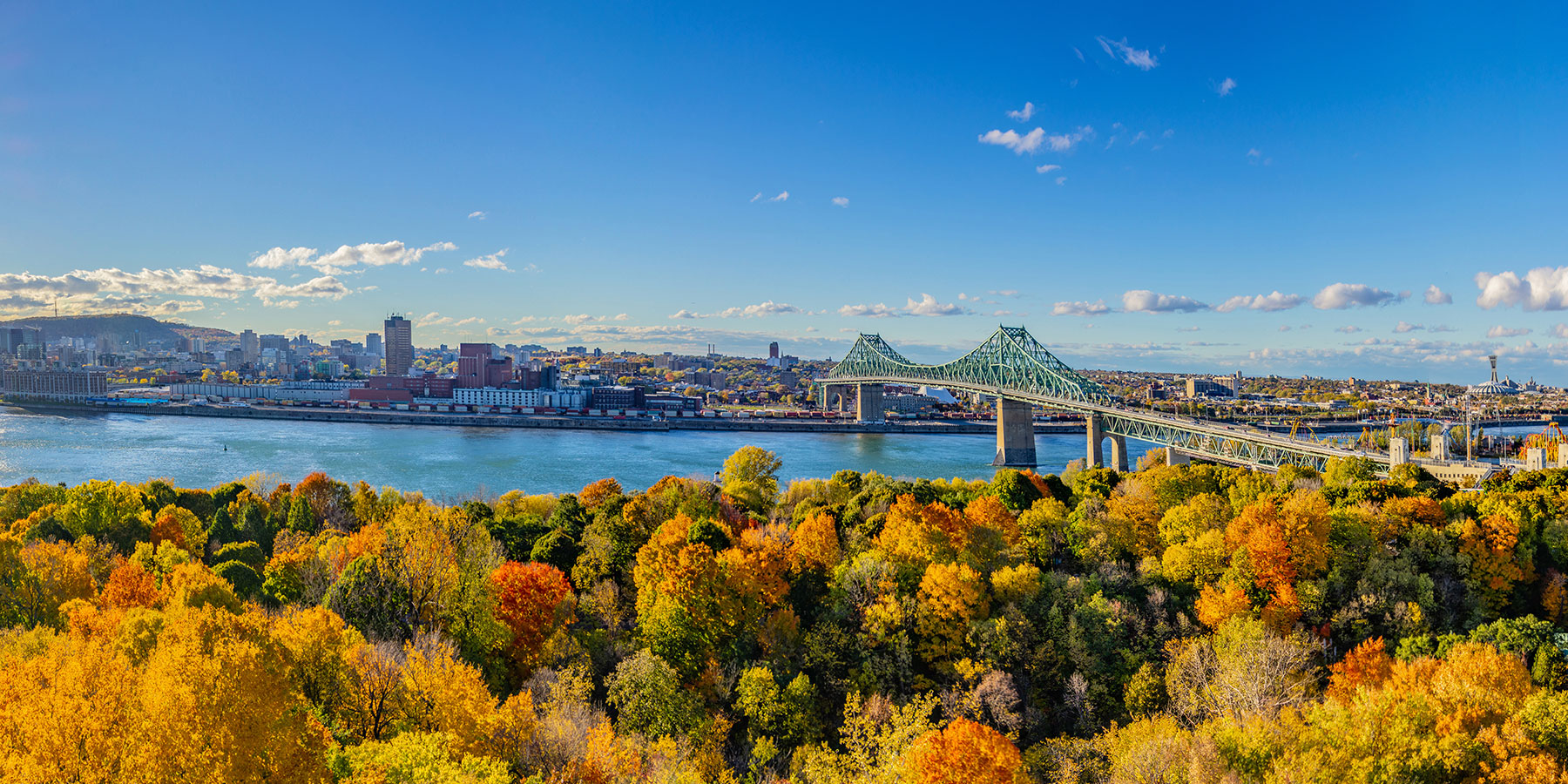
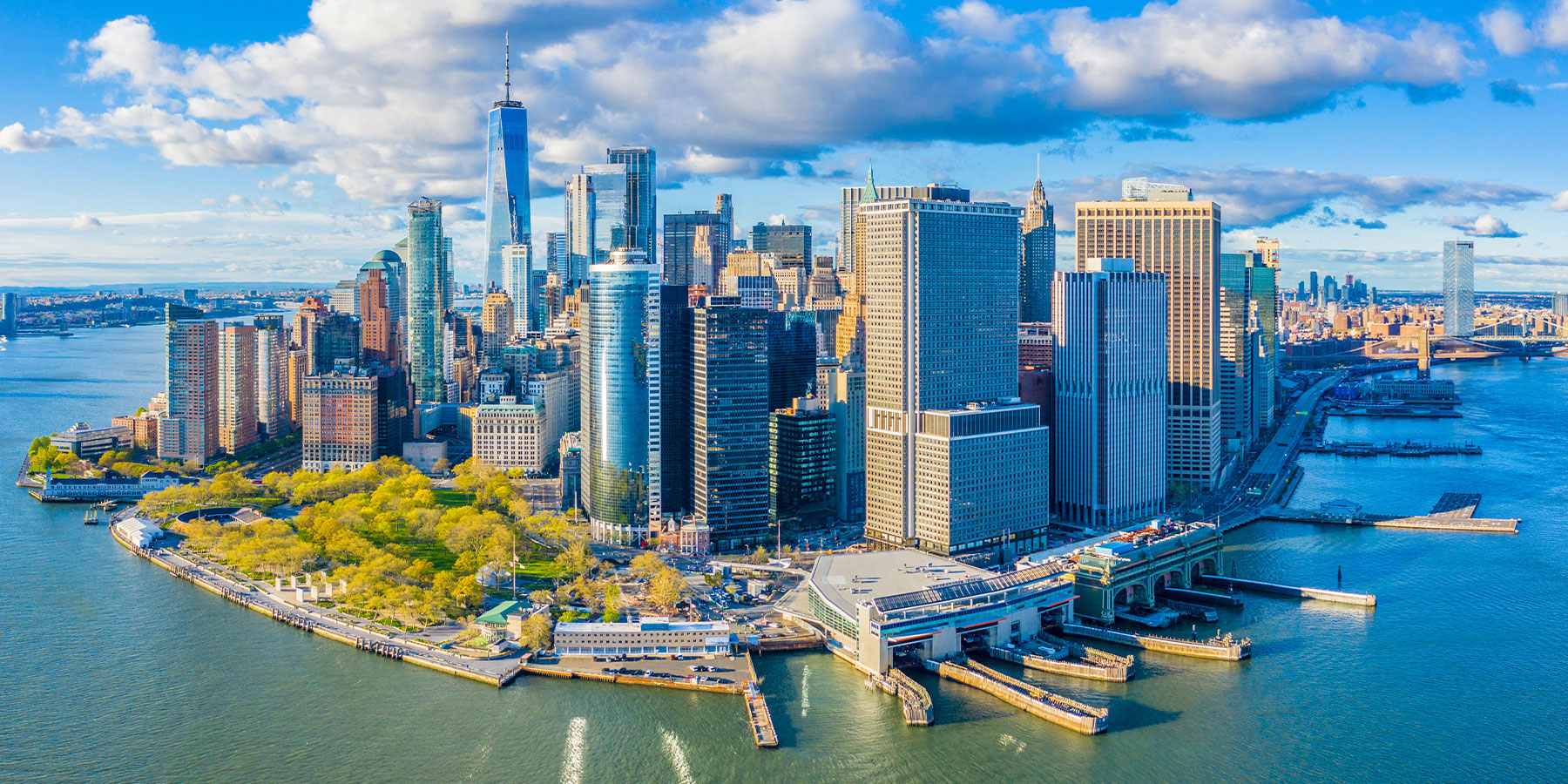

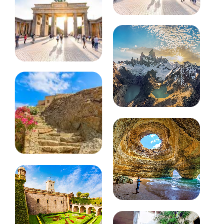

Comments